tap to see full image


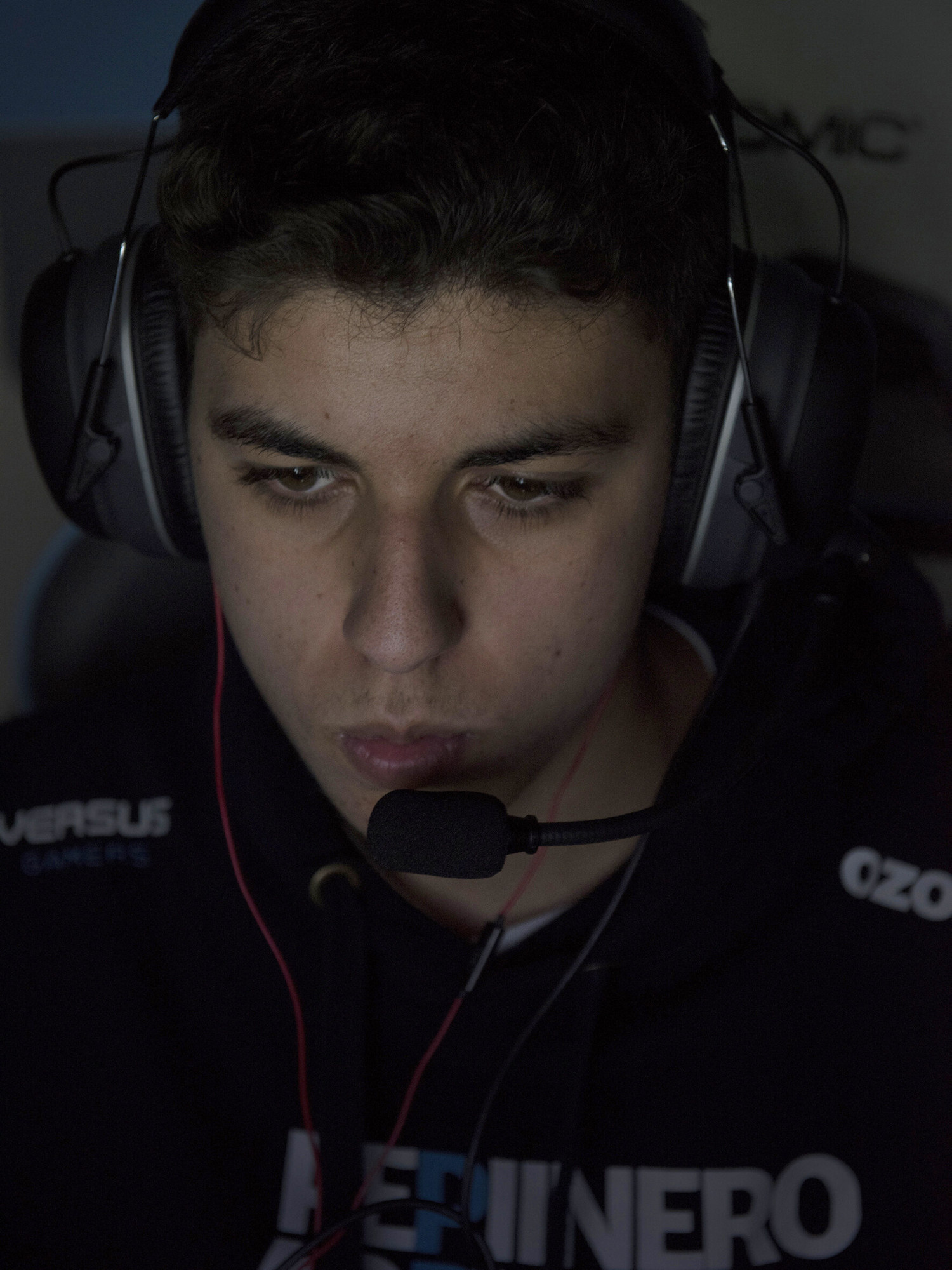

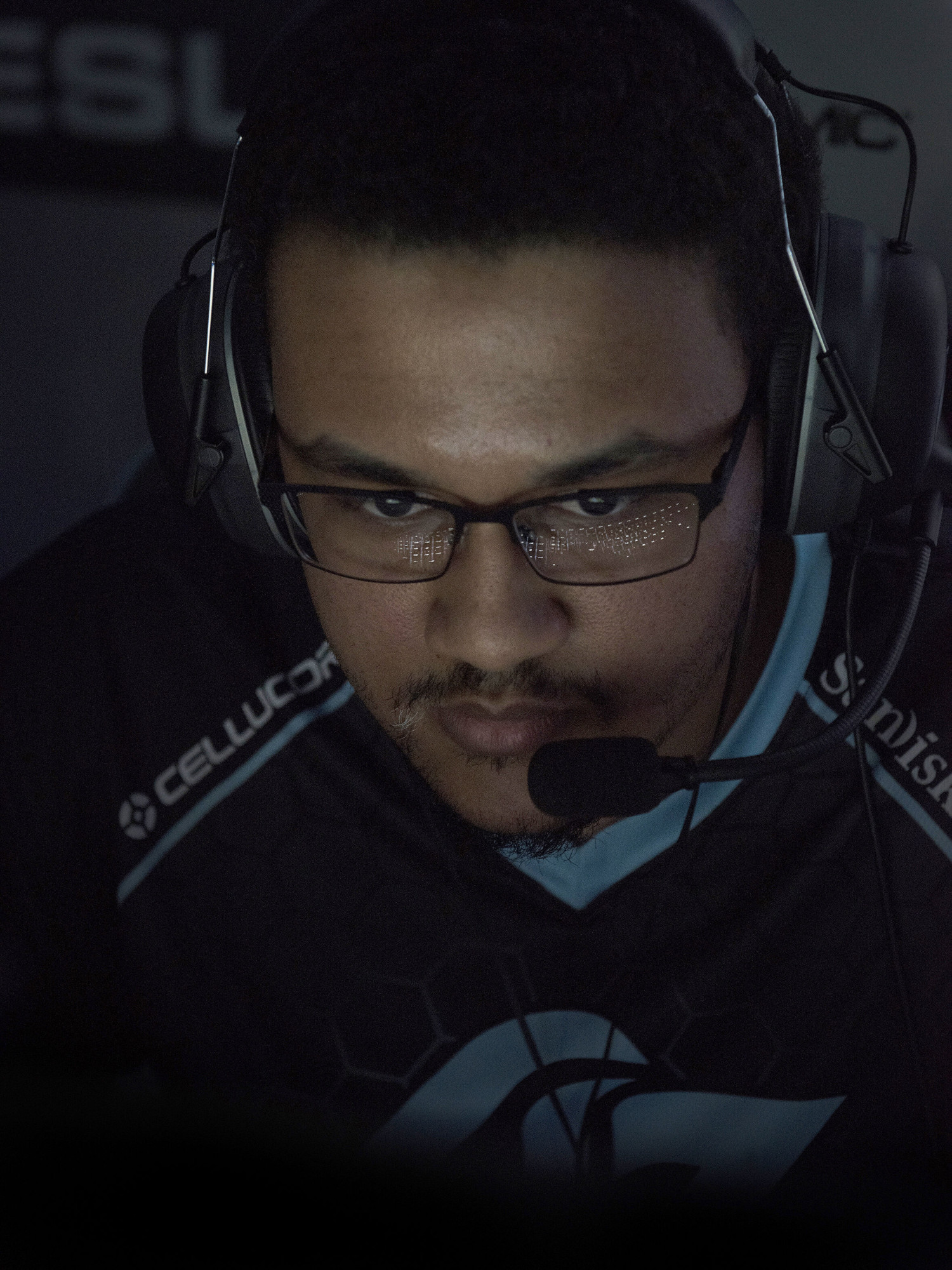

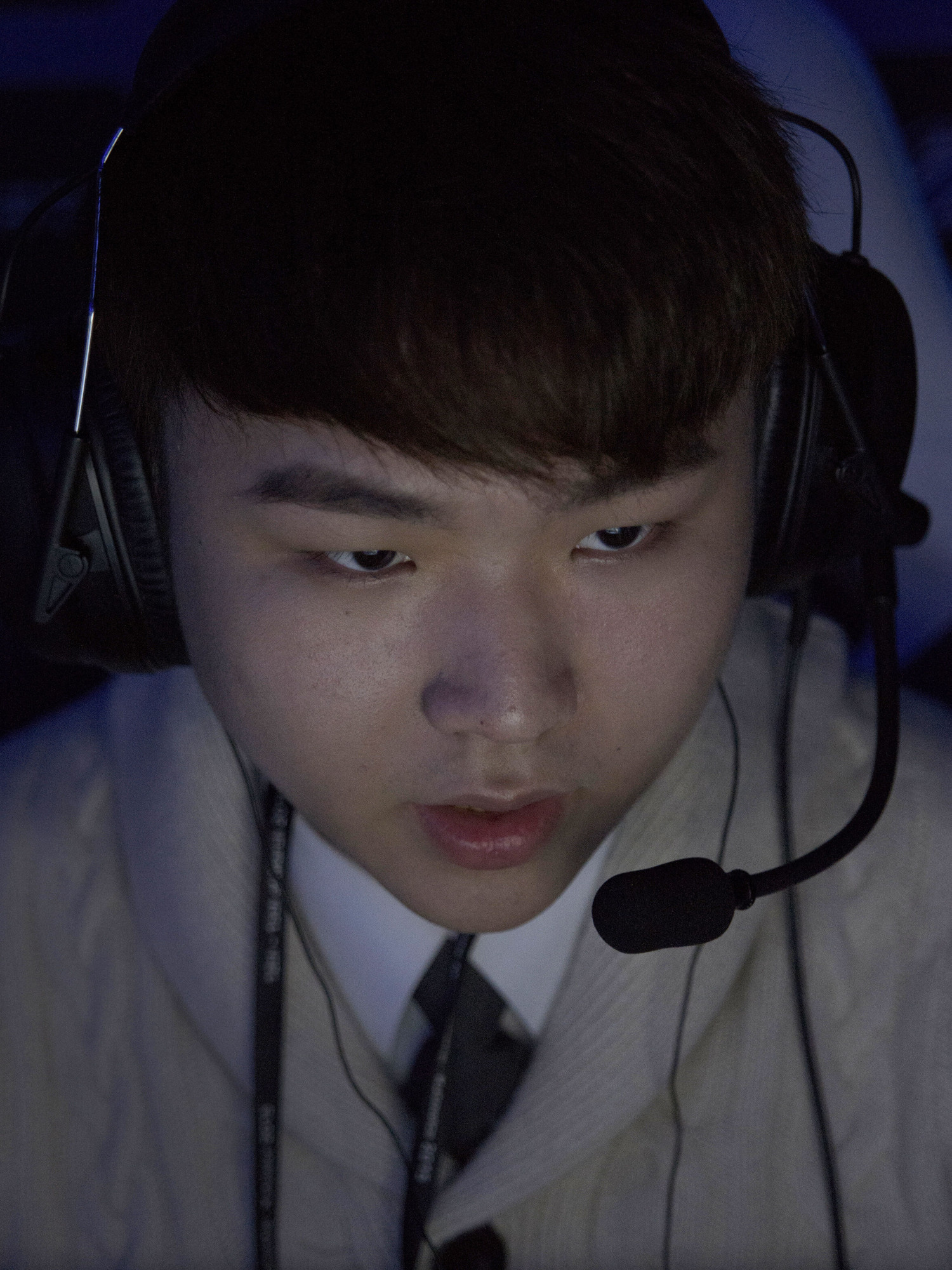

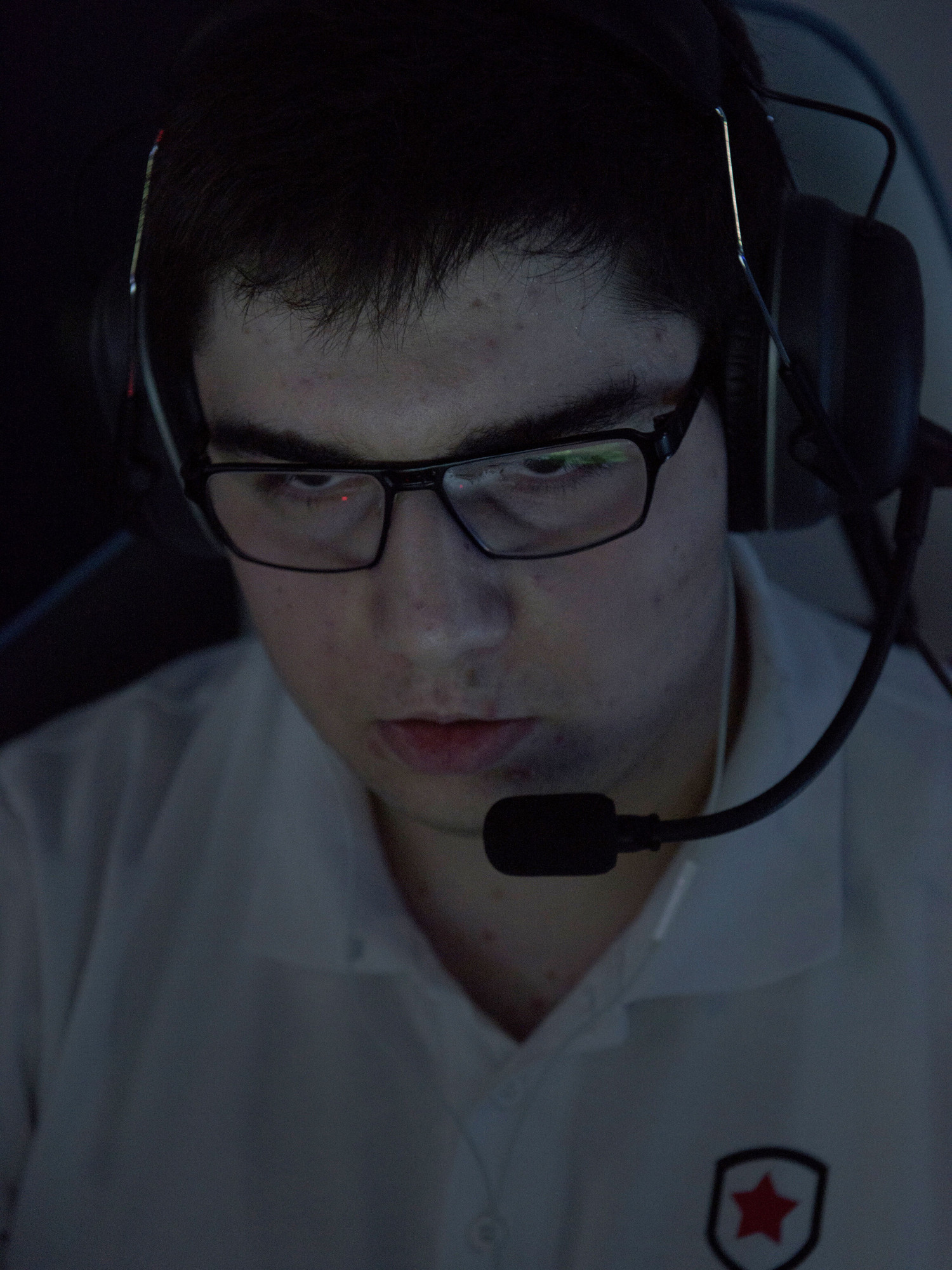

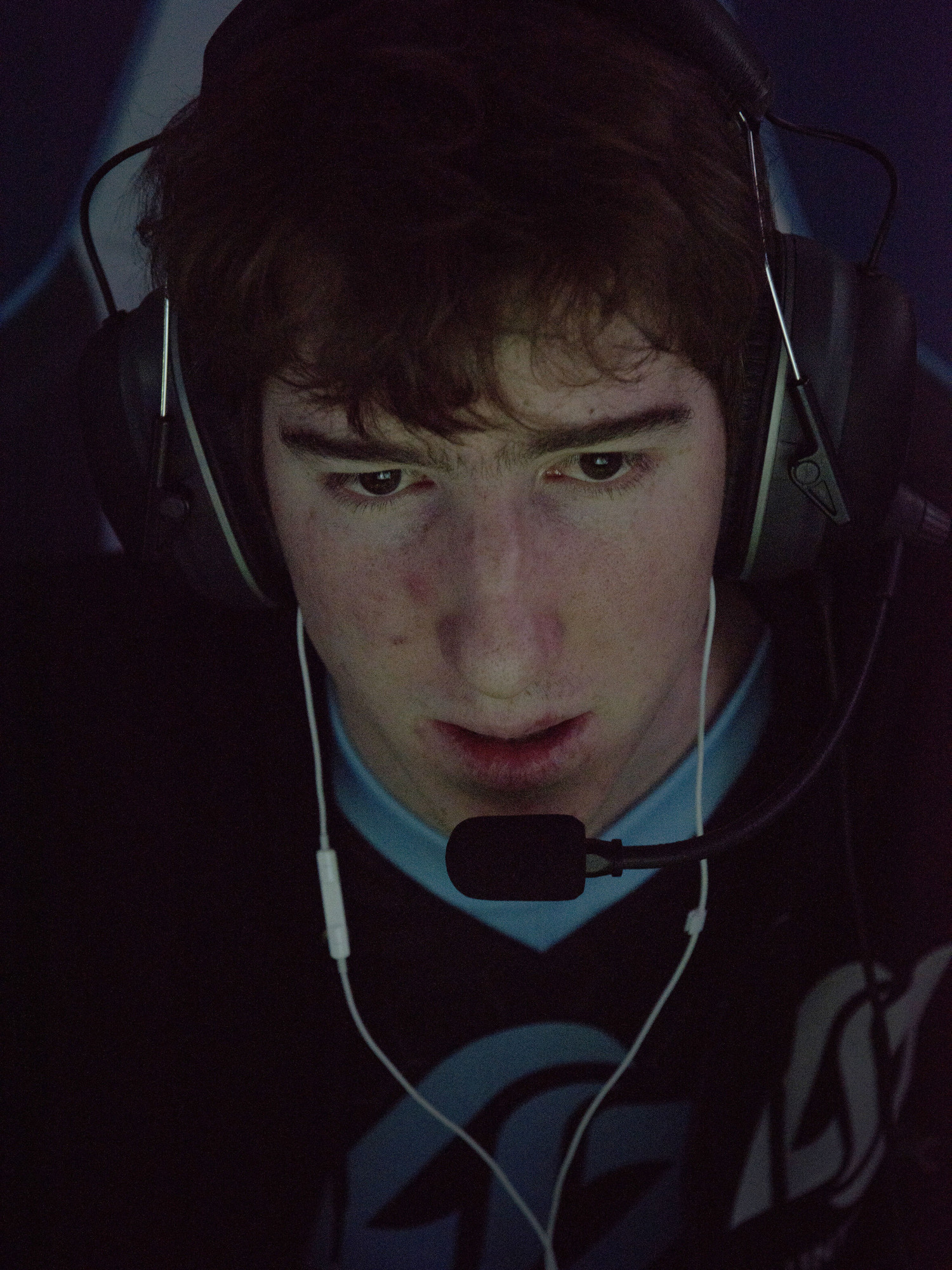



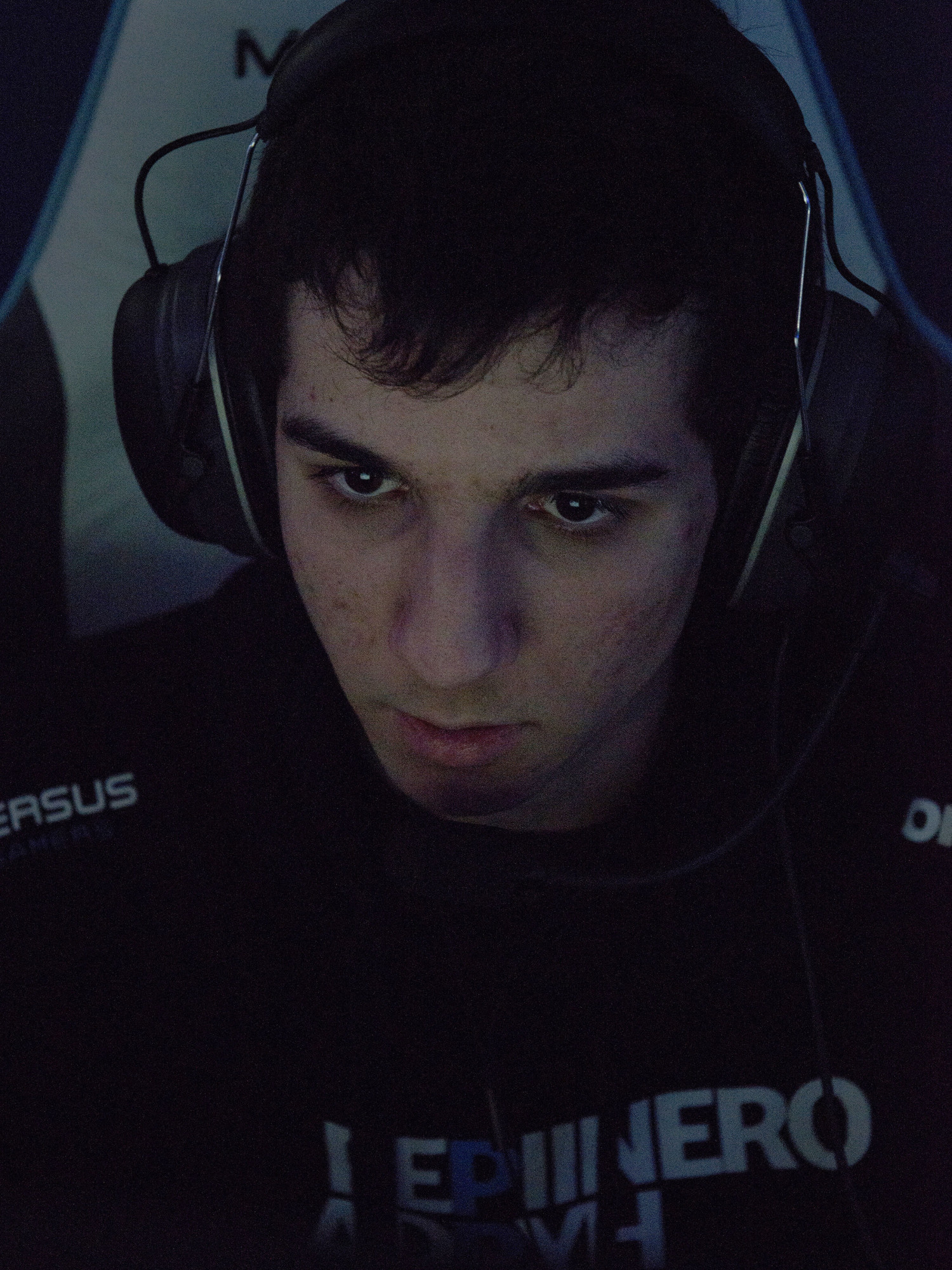

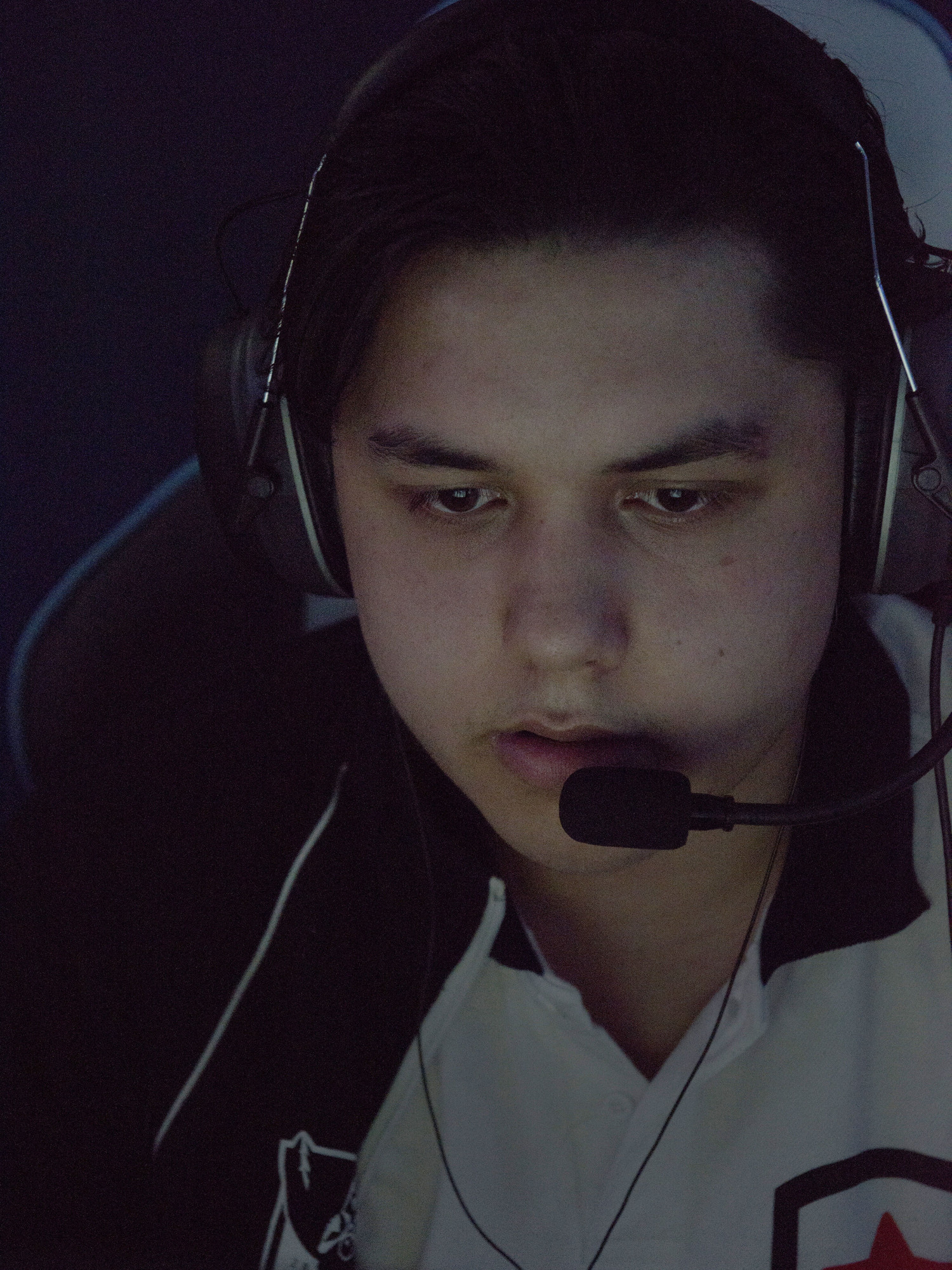

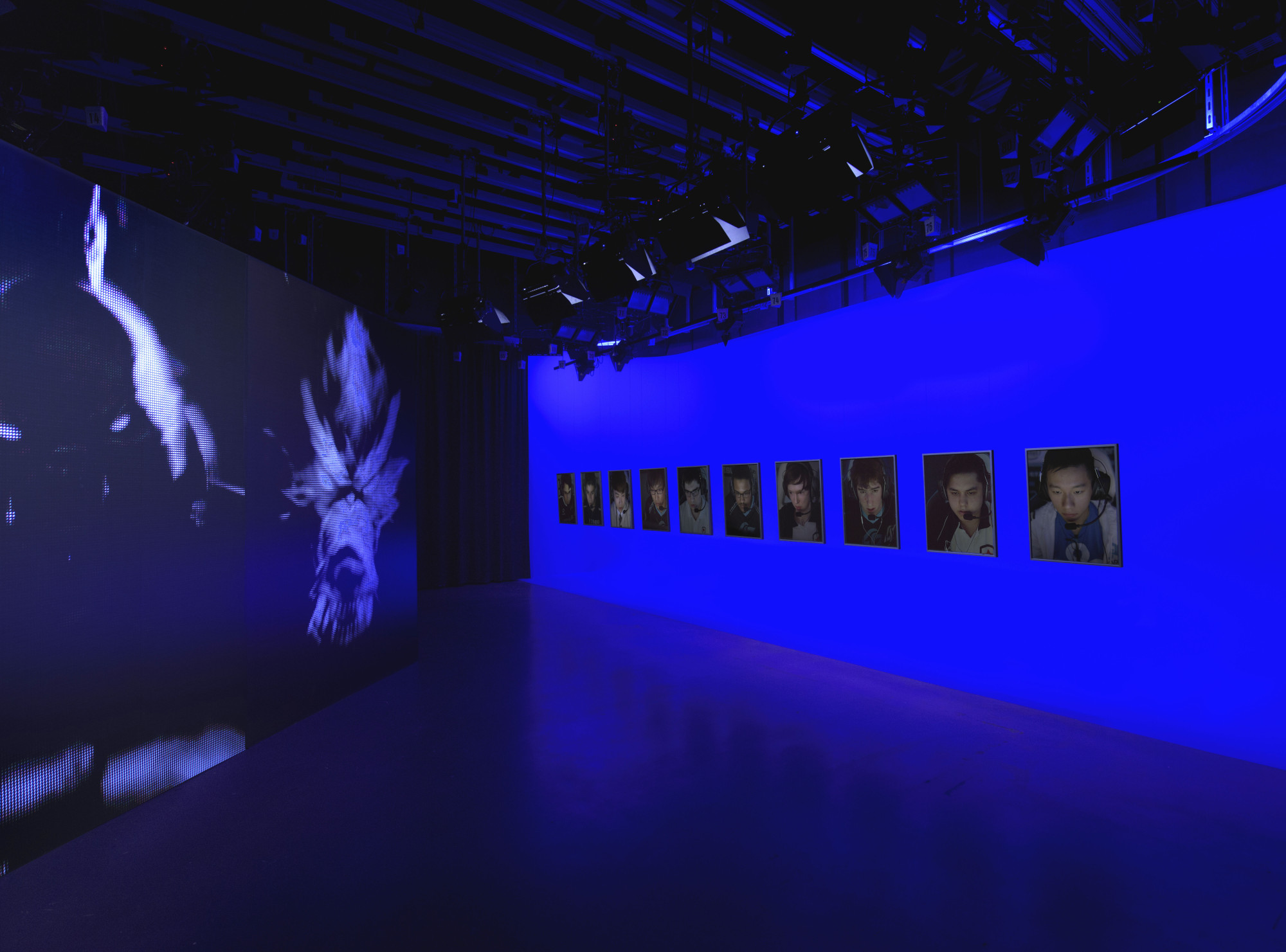

Joscha Steffens – TEEN SPIRIT ISLAND – HUMANOIDS
2015
Teen Spirit Island
Imagine Kurt Cobain on the island of the Phaeacians -- this will give you a first impression of the therapy station in Hannover where game-addicted youth are prevented from giving in to their purported bliss: “Here we are now, entertain us, / I feel stupid and contagious.”
The name of this facility, Teen Spirit Island, indicates a potential terminus point toward which a segment of the youngest gamer generation is headed. Elevated to the title of a work by Joscha Steffens, however, a lurking ambivalence within it sketches out a different path—assuming the striplings can be set on the track of success early enough. A habit, on the one hand, which appears as a pathology requiring therapy, represents at the same time an eSport athlete’s daily professional routine on the other. In juxtaposition with their avatars, these portraits thus tell the story of a contemporary odyssey of which the destination is not yet determined. Is the home harbor—Teen Spirit Island—a professional career in the figure of a limitless pleasure principle? Or is it on the contrary the hard earth of therapeutic reality upon which so many soaring flights have crashed?
In the context of the exhibition, to ask what this younger generation of the digital native-born, this bastion of pros in an increasingly gamifying society, are likely to assume of life in contemporary space, is to make apparent the antiquation of one’s own space-time conception. In a world where it is no longer possible to determine without further ado between sick/failed vs. healthy/successful, we see the identity (at the very least) of the exhibited players successfully split into two, without at the same time observing a compounding loss of reality. That which in other contexts is easily written off as “loss”, crystallizes here as a gain that is even financially quantifiable, by means of a new experience of present time: namely that of a divided, ambivalent virtual reality which since the early sixties has been burned into our retina to an ever greater degree. The question becomes far more: in the rendered figures of this confrontation, what is human, and what already avatar?
According to the Sanskrit, the original meaning of “ava-tāra” meant something like the “descent” of a deity to the earthly sphere. But who steps down from what into where? Observing these human faces sunken into themselves, softly illuminated by a pallid light from the beyond, it seems as though the shadowy visage of various gods were edging into the image. Although “in reality” only lit up by flickering screens, it may yet appear as the single fixed moment, as though in the photography a sort of digital epiphany were pinned down, as revealed by the facial expressions of the portraited. Their gaze is spellbound and casts a spell on our gaze similarly, as we follow into the fray wherein the gamers, taking possession of their avatars, intervene in earthly matters—just as in earlier times the Homeric gods intervened at Troy.
In order to take the measure of the immortal joy, and of the immortal pain, chiseled into these faces as though in marble, one must have at some point experienced the pull and obsession of this digital Olympiad oneself. The spectator, too—in contrast with the classical athletic games and their staging—does not follow champions of his own mortal kind as they are delivered up unto the mercy or wrath of deceitful gods, but rather finds himself transported to a place among these very gods—those gods who find, in partisan intrigues and heroic contests, their occasionally brutal entertainment.
Seen in this way, we glimpse in these shimmering faces not only the reflected light of ancient heroism in the pose of vying with the earthly manifestation of Olympian gods, but rather a sunkenness that directly commemorates the Heraclean divinity itself—that is: the child who plays with the world. We see here gods in our own image, presiding over dream forms within a virtual reality, spellbound by the power or powerlessness of their own avatars, and finally themselves avatars of a courage or discouragement of a kind that possesses no face of its own, but, instead, faces us—those other divine observers. An enthusiasm, then, that infuses all subjects and reveals this supposed “game addiction” as a search for personal identity—a very serious and increasingly substantial search for one’s own roll in a quasi cosmic game: between avatars, humans, and gods.
From out of the digital ocean, the Phaeacian island of Teen Spirit looms, only to then, not infrequently, sink down once more. “I’m worse at what I do best / and for this gift I feel blessed.”—In gazing at these figures, we direct our gaze to a new horizon. As of yet, we have no compass. The odyssey continues.
Florian Arnold